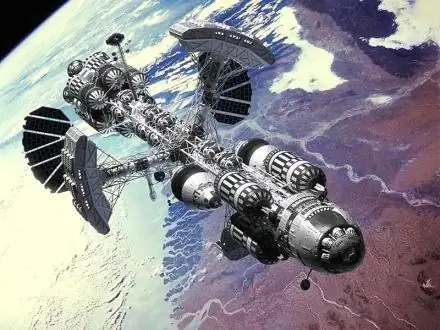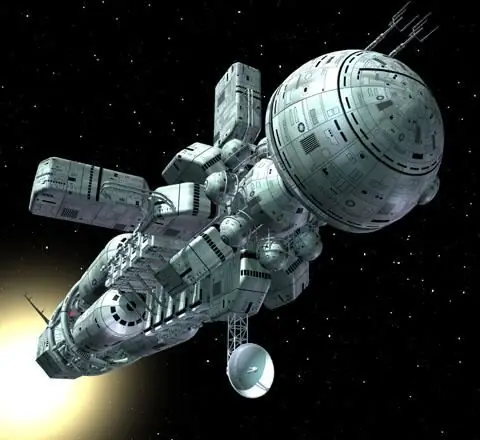Mankind has been exploring outer space with manned spacecraft for more than half a century. Alas, during this time, figuratively speaking, it did not sail far. If we compare the universe to the ocean, we are just walking along the edge of the surf, ankle-deep in water. Once, however, we decided to swim a little deeper (the Apollo lunar program), and since then we have been living in memories of this event as the highest achievement.

Until now, spacecraft have mainly served as delivery vehicles to orbital stations and back to Earth. The maximum duration of an autonomous flight, achievable by the reusable Space Shuttle, is only 30 days, and even then theoretically. But maybe the spaceships of the future will become much more perfect and versatile?
Apollo's lunar expeditions alreadyclearly showed that the requirements for future spacecraft can be very different from the tasks for "space taxis". The Apollo lunar cabin had very little in common with streamlined ships and was not designed to fly in a planetary atmosphere. Some idea of what the spaceships of the future will look like, photos of American astronauts give more than visual.

The most serious factor that holds back episodic human exploration of the solar system, not to mention the organization of scientific bases on the planets and their satellites, is radiation. Problems arise even with lunar missions lasting a week at most. And the one and a half year flight to Mars, which seemed to be about to take place, is being pushed further and further. Automated studies have shown a deadly level of radiation for humans along the entire route of an interplanetary flight. So the spacecraft of the future will inevitably acquire serious anti-radiation protection, combined with special biomedical measures for the crew.
Clearly, the sooner he gets to his destination, the better. But for a fast flight you need powerful engines. And for them, in turn, a highly efficient fuel that would not take up much space. Therefore, chemical propulsion engines will give way to nuclear ones in the near future. If scientists succeed in taming antimatter, i.e., converting mass into light radiation, the spaceships of the future will acquire photonic engines. In this case, we will talk aboutachieving relativistic speeds and interstellar expeditions.

Another serious obstacle to human exploration of the universe will be the long-term maintenance of his life. In just a day, the human body consumes a lot of oxygen, water and food, emits solid and liquid waste, exhales carbon dioxide. It is pointless to take a full supply of oxygen and food with you on board because of their huge weight. The problem is solved by an onboard closed life support system. However, so far, all experiments on this topic have not been successful. And without a closed LSS, spaceships of the future flying through space for years are unthinkable; pictures of artists, of course, amaze the imagination, but do not reflect the real state of affairs.
So, all projects of spaceships and starships are still far from the real implementation. And mankind will have to come to terms with the study of the Universe by astronauts under the cover of the Earth's magnetic field and receiving information from automatic probes. But this, of course, is temporary. Astronautics does not stand still, and indirect signs show that a big breakthrough is brewing in this area of human activity. So, perhaps, the spaceships of the future will be built and make their first flights in the 21st century.






